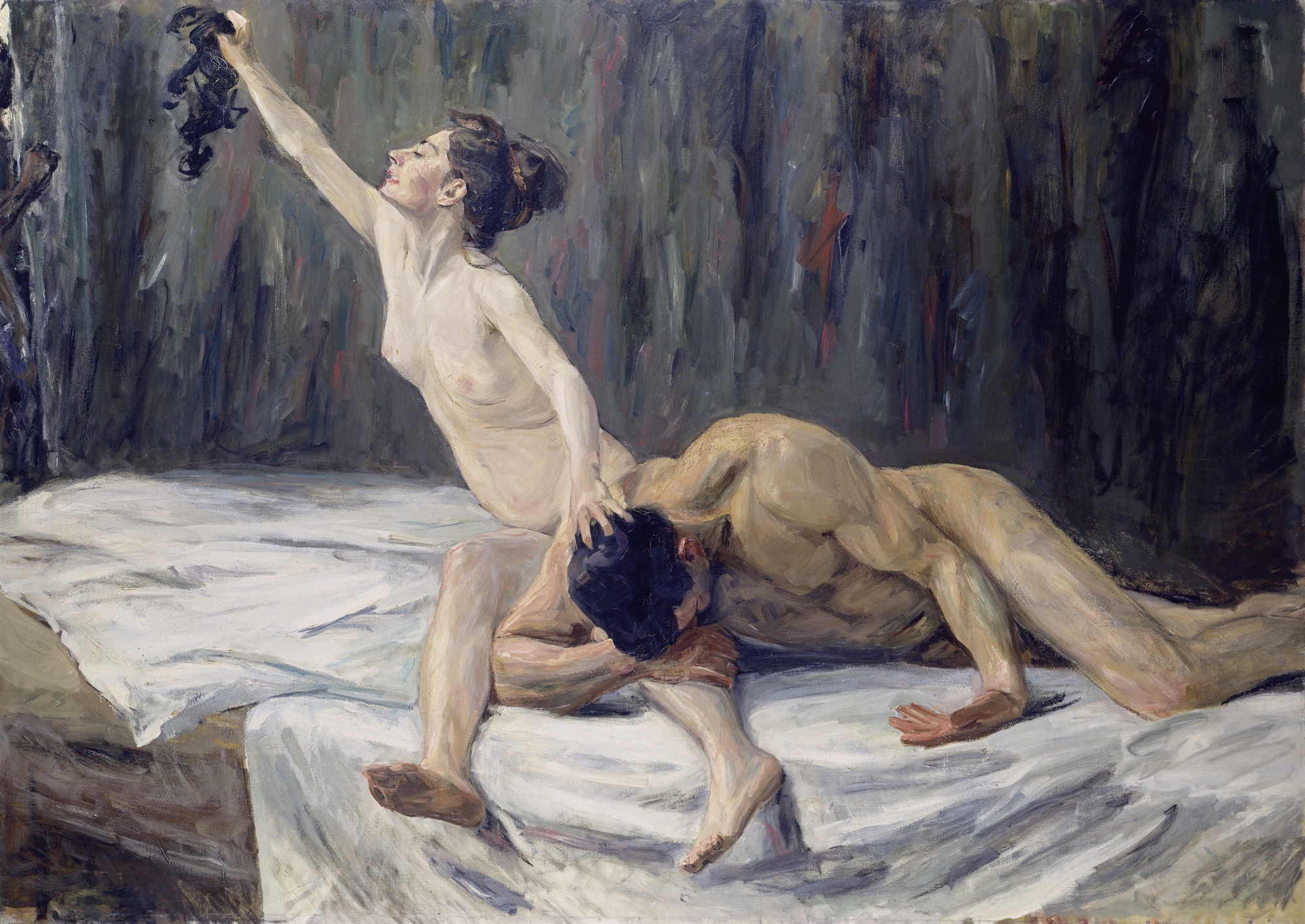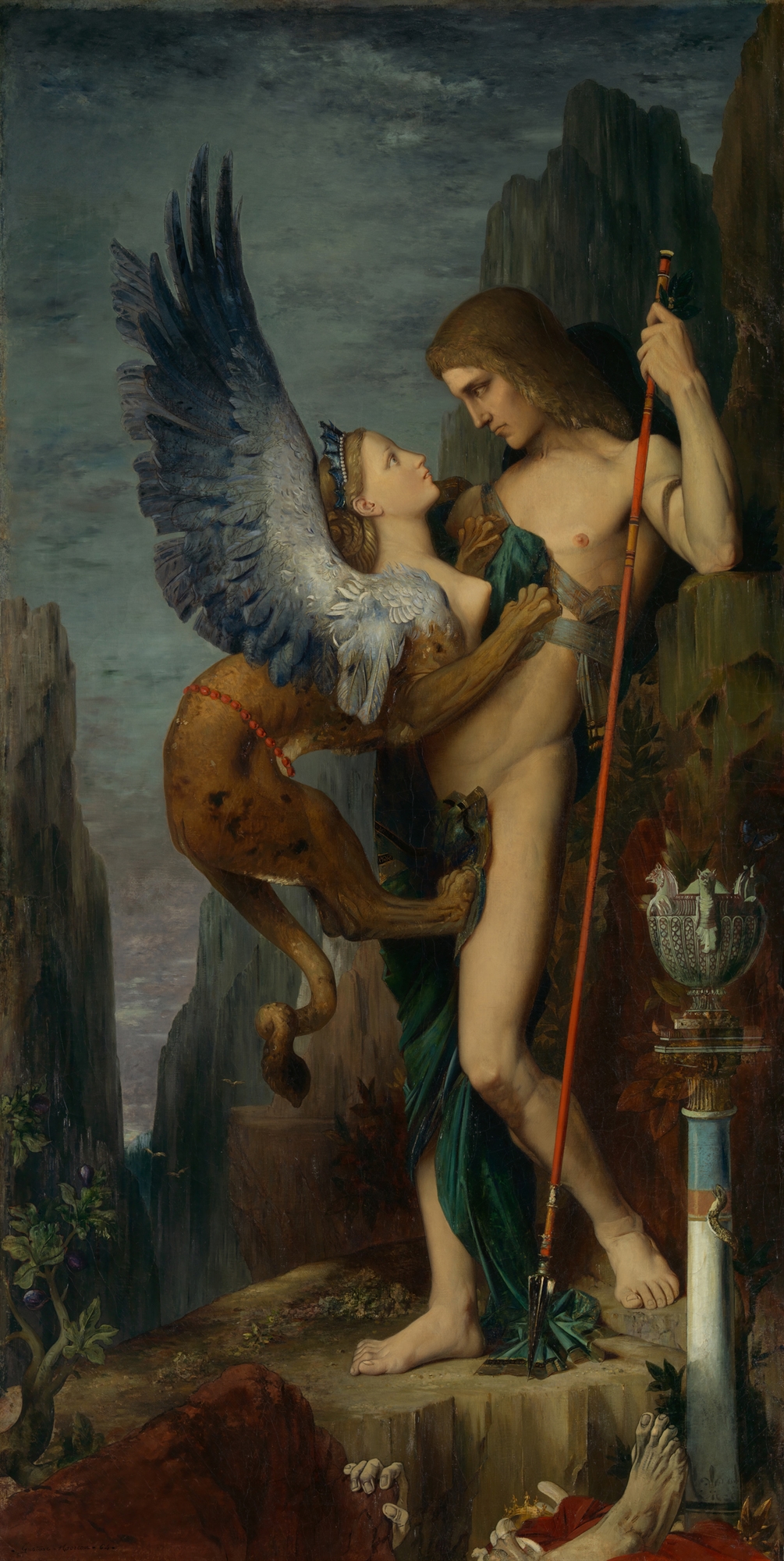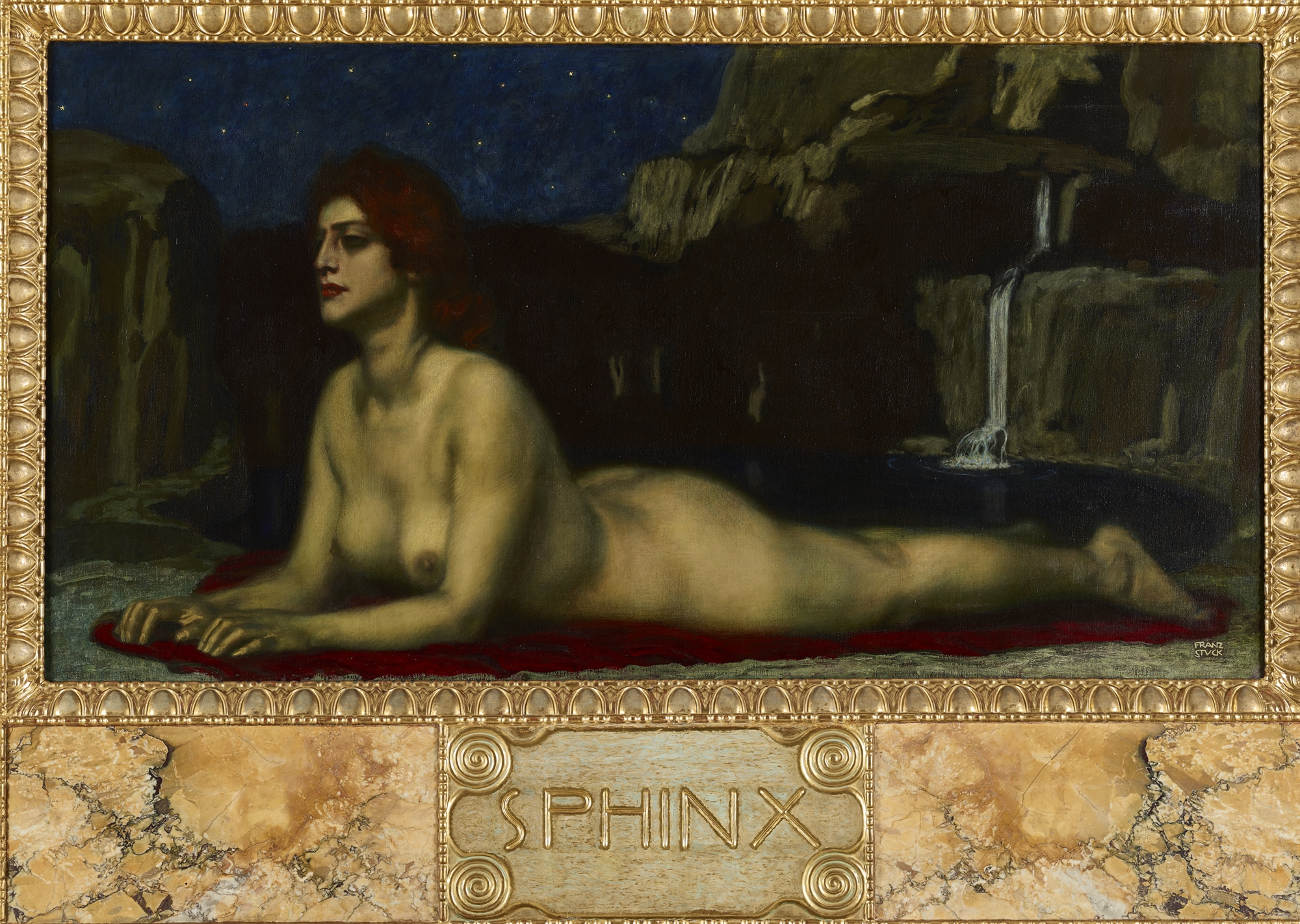
The most terrible of all the animals of land and sea is a woman, proclaimed the Athenian comedian Menandros. Aristophanes has said this before, but the first one seems to have been the one who gave the “go-ahead” for young men to “turn off” the degrading perception of women in a well-said tidbit. But what? All; Who “photographs” “fire, woman and sea”, if not dazzlingly beautiful, merciless, dynamic, seductive, without moral prohibitions, cunning women?
The term “femme fatale” was not coined in antiquity, but the genre appeared already in biblical times. Lilith, the first woman of Creation, a symbol of unbridled sexuality, was punished and expelled from Heaven. Eve, though more submissive, was accused of the same title, since it was she who offered the sinful fruit to Adam. Over the centuries, the list has been replenished with many new “records”: Judith, Salome, Delilah, seductive women of mythology such as the Sphinx, Medusa, the Siren hybrid, the sorceress Circe, as well as the beautiful Helen, the satanic Medea, Clytemnestra, the despotic Cleopatra, Zenobia. Some were called “fates” for their irresistible charm, others for the determination they showed in critical situations, and others for their deadly instincts. Even the “papers” of later years, Lady Macbeth, Carmen, Nana, Blanche Dubois, Brett Ashley “fit” the definition, satisfying at least one of the criteria. However, regardless of what led to such a reputation, they all have in common, from the time of the Old Testament to the 20th century, their intention and ability to “harm” men.
Exhibition “Fatal Woman. Gaze – Power – Gender” at the Hamburg Kunsthalle (running until April 10, 2023) explores through 200 papers the “origin” of this term, which with its French name first occurs in 1844, and also finds its place as an article in French dictionary. in 1895.

What are femme fatales? Reality, a myth passed down from generation to generation, or a convenient social construct? Are we insulting women when we call them naughty witches, or are we flattering them? Taking into account all the interpretations of this stereotype, from the 19th century to the present day, the exhibition explores how much the image of a desirable, mysterious and dangerous woman has occupied artistic creativity. How did each school describe it? How misogynistic, anachronistic and one-dimensional did the #MeToo movement find her, and how did the artists who wrote themselves in her voice react? It is extremely interesting that on the occasion of the exhibition, the museum published a glossary containing keywords such as feminism, heteronormativity, Eurocentrism, misogyny, patriarchy, queer, sexism, which helps visitors understand the transformations that this term has undergone in different countries of the world. chapters of modern history and link the presented works to the political and social context in which they are included.
Lilith, the first woman of Creation, a symbol of indomitable sexuality, was punished and expelled from Paradise.
The first to create a portrait of an intriguer and seductress in the 19th century were the Pre-Raphaelites. The English artists who rallied around Dante Gabriel Rossetti and Edward Burne-Jones in 1848 can be seen as obsessed with women, deeply conservative and idealistic, with rather deeply repressed love desires. They drew historical and mythological figures (Circe, Medea, Helena Fair), as well as the heroines of British literature, and depicted them as sensual creatures of unearthly beauty, knowing that this image contradicted the reputation that accompanied them as selfish, treacherous, satanic. Pre-Raphaelite-influenced artists such as John Collier with his erotic Lilith went even further, as their portraits were meant to exude beauty, but above all to arouse lust and fear. “This is a time when female sexuality is being demonized, and images like this reinforce that narrative,” explains curator Dr. Marcus Burch. At the end of the 19th century, this interpretation seems to lose its relevance, and the symbolist Arnold Böcklin offers his sirens to the public in a delightfully grotesque pictorial representation that brings the tongue out of the demonic element, just like Gustavus Adolf Mocha, who presents them as bloodthirsty killers. The Impressionists also deal with unpredictable, extremely attractive women, mainly because of the subject’s popularity, but also to have an excuse to shoot nudes.
At the turn of the 20th century, everything turned upside down. To be called a femme fatale is now an honor. Femme fatales are increasingly claiming a place in novels, appearing through theatrical dialogue and leading roles in film scripts. The posters designed by Alphonse Mucha to advertise Sarah Bernhardt’s performances certainly helped in this. It is also a time when people working in the public sphere understand the power of photography and use it to “build” their image. Among them are the composer Alma Mahler, the mistress of Gustav Klimt, the wife of Gustav Mahler and then Walter Gropius, who, of course, did not need a camera to make Viennese circles talk about her talent and beauty. According to the curator, only what Oskar Kokoschka, who was madly in love with her, said and did about her was enough to rank her among the femme fatales of that time.

Some historians and technical critics, of course, note that the popularity of the femme fatale at this particular time was far from accidental. It wasn’t an idea that matured, it was just that ghouls were now seen as less destructive and more sexual, because they were supposed to alleviate the suffering of men who saw that society was changing. The femme fatale became loved and desired simultaneously with the birth of a new archetype. The New Woman theory, formulated many years ago, began to bear fruit immediately after the First World War. Women were no longer satisfied with the role of hostess, they wore trousers, smoked, rode bicycles, made a career. What if women were educated and left home? An updated model of the femme fatale, more eloquent, less intimidating, was supposed to stop their progress. This, of course, a new, more flexible model of the femme fatale can only do good, and so the art world welcomes the portraits of the Danish Lily Elbe, the first transgender artist, painted by her friend Gerda Wegener, thus paving the way for more inclusive depictions of femininity that will not be limited to white, curvy, blonde or red-haired women.

Feminist artists of the 1960s, such as Francesca Woodman or Maria Lassnig, tried to weave new narratives around femininity and sexuality, erasing the image of the fatally attractive woman that no one could resist. And we come to the present day, where art now “sees” everything: it explores the male gaze and how it shapes female expression, trying to be more “democratic” by accepting non-binary identities, and also deconstructing “standards” as it happens. with photographs of drag queens Nan Goldin dressed as Marilyn.
Source: Kathimerini
Ashley Bailey is a talented author and journalist known for her writing on trending topics. Currently working at 247 news reel, she brings readers fresh perspectives on current issues. With her well-researched and thought-provoking articles, she captures the zeitgeist and stays ahead of the latest trends. Ashley’s writing is a must-read for anyone interested in staying up-to-date with the latest developments.